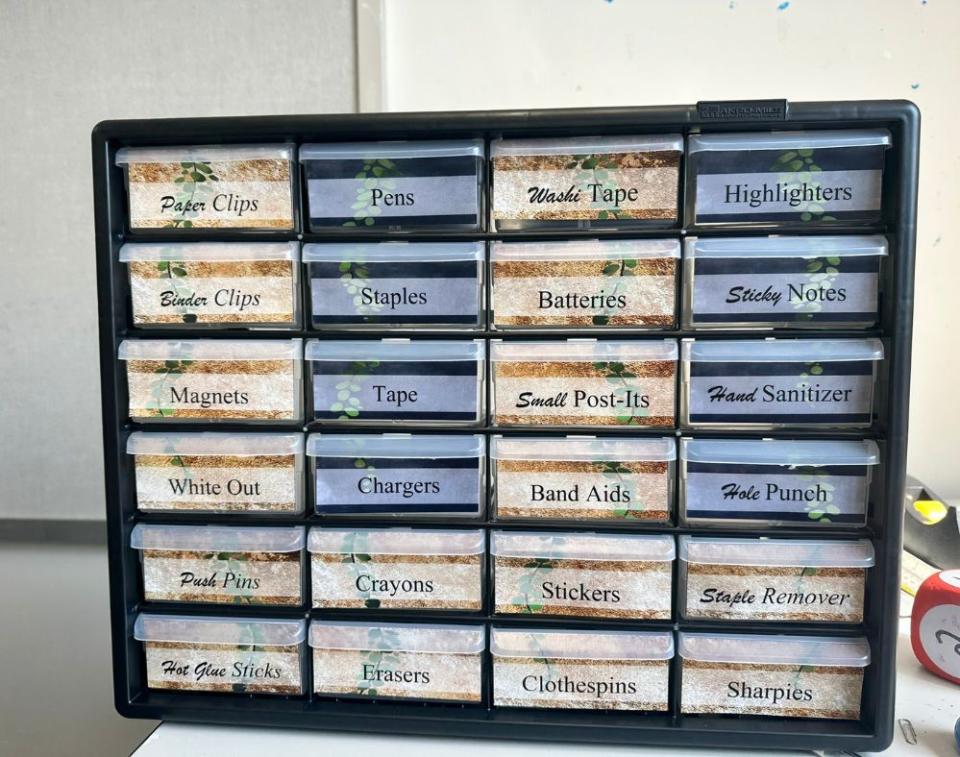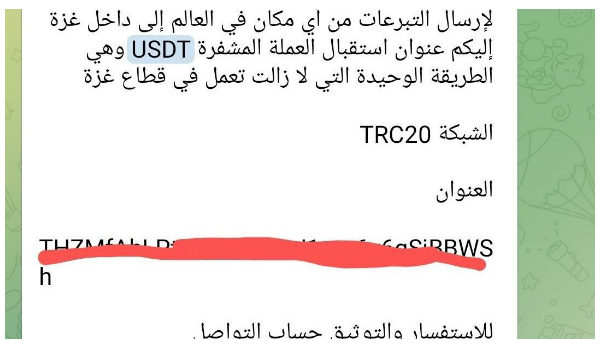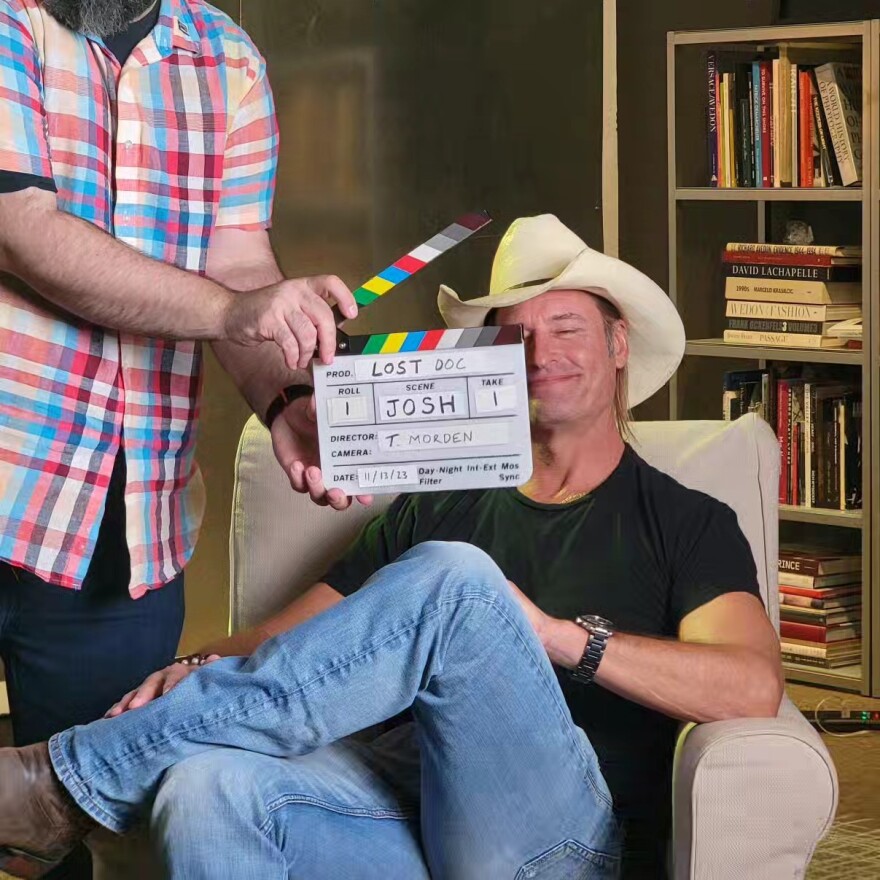Crowdfunding has long helped teachers afford the school supplies they need for their classrooms. But as prices rise and budgets get further constrained, these fundraising efforts have become an even more critical lifeline.
According to a survey of more than 3,000 teachers conducted by AdoptAClassroom.org, a nonprofit crowdfunding platform, teachers received a median classroom school supply budget of $200 last school year – an amount that 93% of the respondents said was not enough to cover their in-class needs.
Many teachers choose to subsidize the remainder of the costs, but it comes at a steep price. Out-of-pocket spending among teachers has increased by 44% since 2015, the survey found, with teachers reporting that they spent an average of $860 of their own money on supplies and other expenses during the 2022-2023 school year.
Get stories like these delivered straight to your inbox. Sign up for The 74 Newsletter
“Teachers spend their classroom supply budget fast,” Melissa Hruza, Vice President, Marketing & Development at AdoptAClassroom.org, told The 74. “Even though they are willing to provide basic items like food and supplies for their students, their ability to pay for it is decreasing.”
One big reason: teacher pay has failed to keep up with the sky high rate of inflation in recent years. Adjusted for inflation, teachers are making $3,644 less than they did a decade ago, according to the National Education Association.
Analysis: Salaries, School Spending & Inflation — When the Numbers Don’t Add Up
Communities and parents appear to be recognizing the challenges teachers face. AdoptAClassroom.org said its site has received more donations to teachers for the 2024-2025 back-to-school season than last year.
“Comparing July and August 2024 to the same period in 2023, the number of contributions to educators on AdoptAClassroom.org is currently up 13% from 2023 to 2024 so far this year,” Hruza said. “There’s also been a 9% increase in the number of both new fundraisers and total number of teachers with active campaigns.”
GoFundMe has seen a similar bump. So far this year, more than $12 million has been raised for K-12 education on the crowdfunding platform. In 2023, total funds raised for educators reached over $24 million — a 7% increase from the previous year.
“[P]eople don’t always see the hidden costs that end up on teachers’ hands, like providing additional resources for students who can’t afford small items like pencils,” Shawn An, a first-year earth and environmental science teacher at Julius L. Chambers High School in Charlotte, North Carolina, told The 74.
To ensure he and his students were fully prepared for this school year, An launched a GoFundMe campaign called A Classroom for Future Scientists, with a goal to raise $1,000. He ended up receiving $1,045 in donations.
“What this funding created is the opportunity for me to bring the basic necessities into the classroom I need to succeed, like organizers and writing utensils to grade with,” An said. “It’s helped me create a space where I can be efficient and to find resources for students to engage in the work we’re asking them to do.”
Lightening the load
To help teachers afford the supplies they need, GoFundMe launched its own fundraising initiative called the Education Opportunity Fund. Since the fund’s launch in 2020, GoFundMe has raised more than $240,000 and has distributed more than 550 grants to teachers in order to help them afford classroom supplies and other educational resources, Leigh Lehman, GoFundMe director of communications, told The 74.
“The grants were an additional step to offer help to educators and lighten their load a bit, and there are still grants available for teachers who are in need,” Lehman said.
Grants of up to $500 can be put toward common classroom items like school supplies, books and class decorations. Funds can also be used for other educational resources or items like field trips, playground equipment, updated technology and extracurricular activities.
DonorsChoose Crowdfunding Students’ Basic Needs During COVID
Similar to GoFundMe’s grant initiative, AdoptAClassroom.org provides funding through their Spotlight Fund Grants program. This program targets classroom initiatives that address things like social-emotional wellness, Indigenous language, arts, STEM education and racial equity. Eligible teachers can apply for grants of $750 or more on AdoptAClassroom.org.
“People all around the country want to find ways to help more teachers,” GoFundMe’s Lehman said. “They understand there is a gap in funding and that teachers are incredibly stressed.”
Keeping kids engaged
Hana Syed Khan, a fourth grade teacher in New Jersey’s South River Public Schools district, started her own GoFundMe campaign, A Classroom Built on Kindness, in August to support her efforts to make her classroom “as useful, accessible and hands-on as possible.”
Wrong Ideas about Teacher Pay, Happiness May Keep Students from the Profession
Entering her fifth year of teaching at a new school in a new district, Syed Khan knew she had to be more creative with the amount of classroom space she has, materials needed and the resources available.
Her campaign raised $1,920 in funds, which she used to purchase a spin-the-wheel device, a carpet for reading time, books for the classroom library and the classroom staple Better Than Paper.
“The [kids] want to touch everything, and they should be able to. It’s their room,” Syed Khan told The 74.
Through sharing via family group chats, her husband’s LinkedIn account, word-of-mouth and other social media platforms, like Instagram and TikTok, Syed Khan said she “feels fortunate to have set up the fundraiser and leverage community support for her classroom.”

She plans to keep her fundraiser open to donations so she can continue to afford classroom activities and incentives with hopes to keep students engaged through the year.
“Students in this district suffer from chronic absenteeism, which may stem from lack of transportation, parents’ schedule or a lack of motivation for themselves,” Syed Khan said. “Classroom incentives, like parties at the end of the month, are a really big part of what I want to use the funds for next.”
Drawing from his own school experience, An said he understands that many of his students face challenges outside of the classroom. Bringing smaller tools and supplies like writing utensils and paper to class is not the first thing on their mind.
“That can be a real barrier for students to access what teachers are asking them to do,” An said. “Using the donations to directly address those barriers helps students stay engaged to do their best in the classroom.”
He used a portion of the donations he has raised to purchase a rolling cart that allows for easy access to classroom supplies.

An and Syed Khan hope their efforts inspire other teachers to overcome the fear of asking for help. For Syed Khan, it was difficult to find the right words for the campaign and the video she included to go along with it. She wanted to ensure her classroom needs were as clear as possible to potential donors.
“Trying to figure out what to say to grab people’s attention was the most challenging part,” Syed Khan said.
“It definitely wasn’t easy,” she said. “But when people see someone speaking and explaining what the funds will be used for, it can attract many people because they see a real human.”
An experienced similar doubts about asking for help. He credits his family for providing feedback on his campaign narrative and helping him to frame his message.
“My family and I went through a co-writing process to get the point across that this was me, just as a person, asking a personal favor of people who were available,” An said.
GoFundMe currently hosts webinars for educators and education-related organizations to help them learn how to effectively fundraise. They’ve also updated their resource page with tips for teachers to share their campaign and keep communities engaged.
“Seeing more teachers turn to external sources of funding to help support their students’ needs is definitely eye-opening,” An said. “It highlights the fact that not as much care is funneled into education as I think it should be.”



